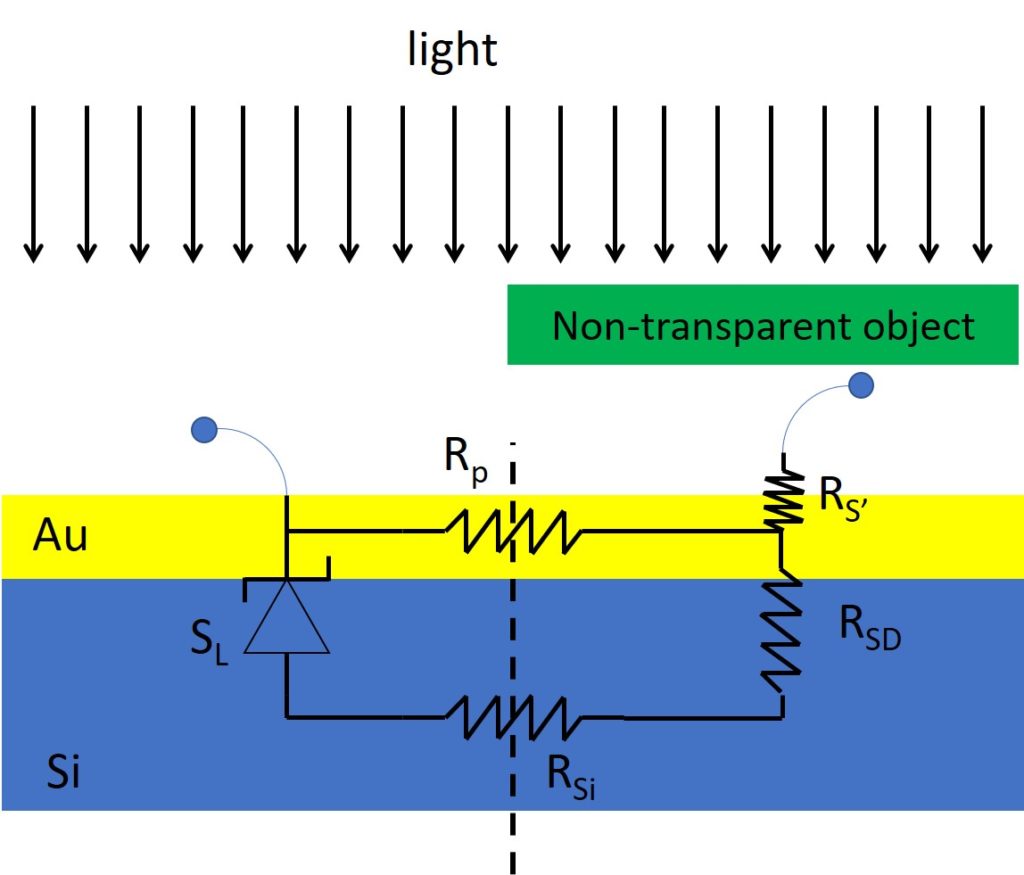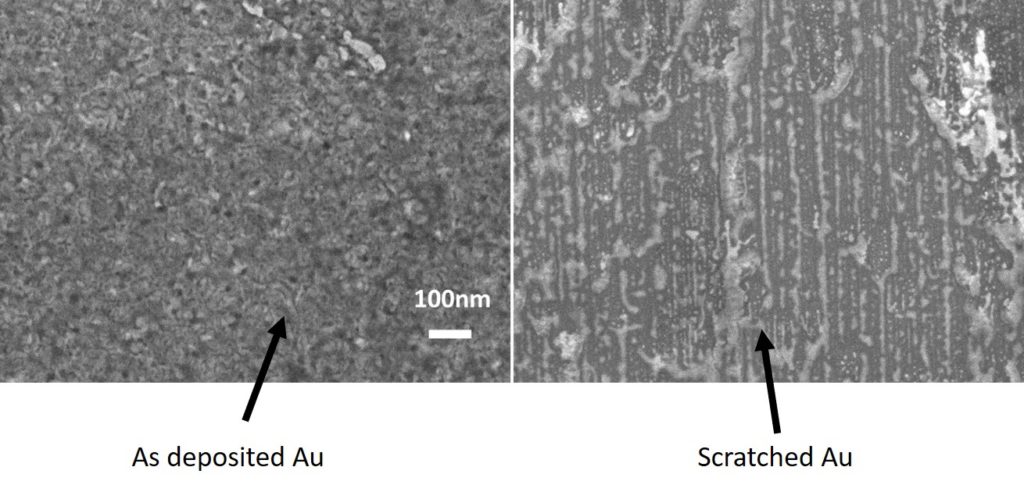Low power sensors on silicon and flexible substrates
3.a Chemical sensors
Semiconducting metal-oxide chemical sensors have been of great interest for the last 30 years and extensive research has been made to better determine and optimize their sensing characteristics. Among these materials zinc oxide (ZnO) has been demonstrated to show great stability, low cost, relative ease of fabrication and sensitivity to several common gases, such as CO, H2, NO2, NH3, O2, ethanol, etc. Over the last decade there is an increased interest in growing ZnO nanostructures and/or nanostructured films using solution-based hydrothermal techniques, which have low cost, can be applied in hard as well as flexible substrates, are environmentally friendly and can be easily tuned to control the morphology and properties of the grown ZnO films. Moreover, it has been demonstrated that the electrical properties of the nanostructured films, which are n-type in principle, can be tuned by incorporating certain dopant atoms, such as lithium, during the growth process. Our work focuses on the design and development on Metal Oxide and ZnO based sensors aiming for food quality, safety and security and environmental monitoring.
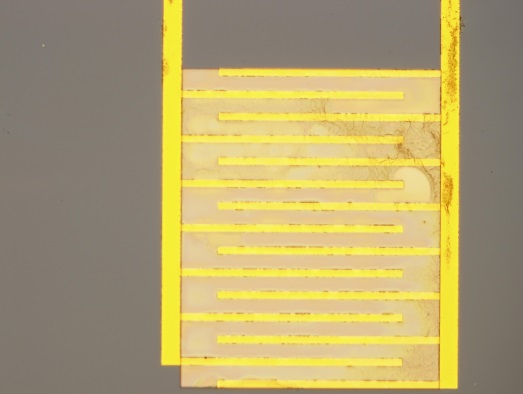
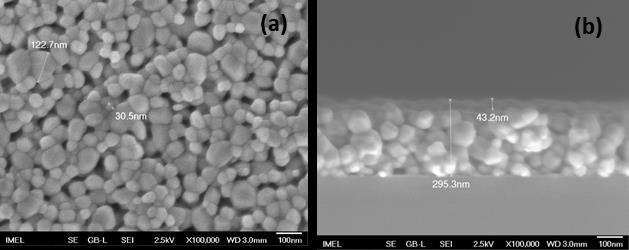
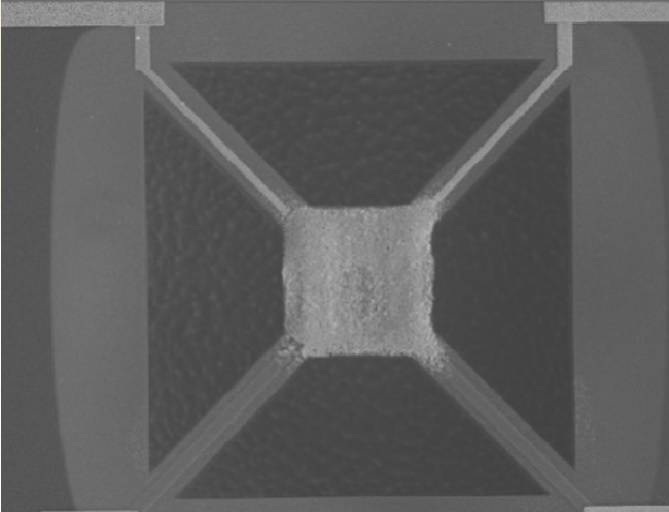
3.b Magnetic sensors for Biomagnetic imaging
Biomagnetic sensing is emerging as a rapidly developing field due to its importance for medical and heath application, especially in diagnosis of brain and heart diseases. Compared to electrical measurements such as Electroencephalogram (EEG) and Electrocardiogram (ECG), biomagnetic techniques, such as Magnetoencephalography (MEG) and Magnetocardiography (MCG), are benefitted by the non-magnetic nature of tissue allowing contact-less measurements, resulting in reduced noise and considerable higher sensitivities. Magnetoelectric sensors (ME-S) based on magnetoelectric (ME) composites, i.e. composites consisting of at least one magnetostrictive and one piezoelectric constituent, have been demonstrated as low-cost, room temperature, sub-pT magnetic field detectors. Integration of magnetoelectric materials on micro- and nano-cantilevers, using methodologies compatible with modern integrated electronics, is expected to lead to a new class of devices. Our research aims on the development and characterization of magnetostrictive materials combined with the integration of ZnO micro and nanostructures for the fabrication of ZnO based magnetoelectric sensors.
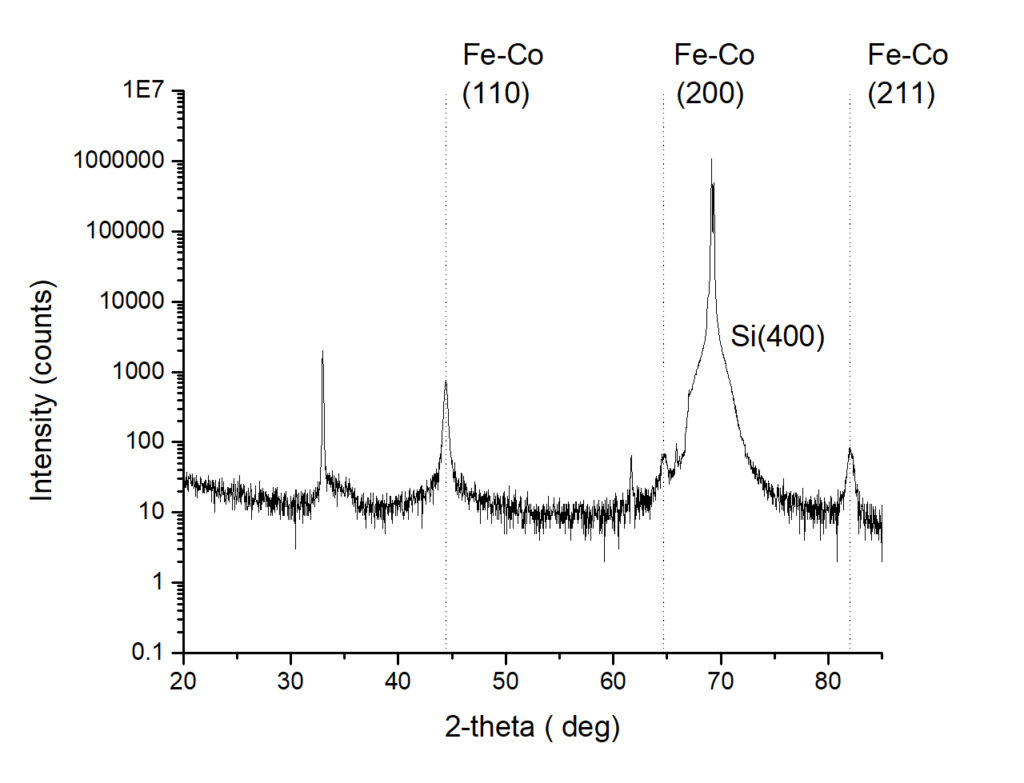
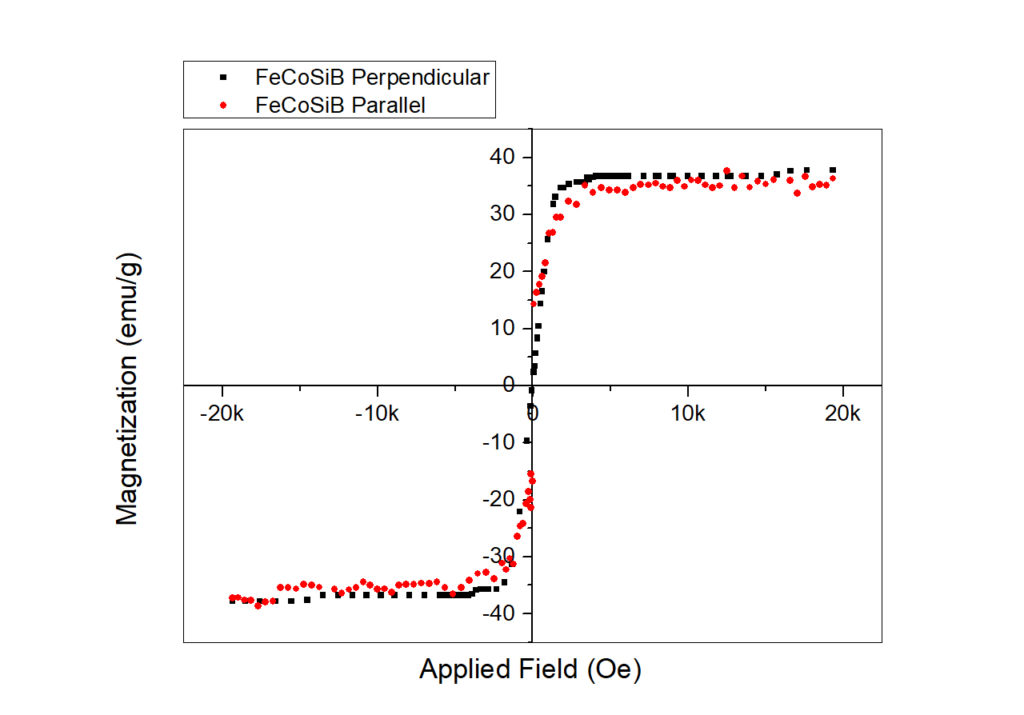
3.c Photodetectors
Photodetectors are an essential device in the field of optoelectronics. More specifically, the detection of the intensity of light has become very important in everyday applications such as smart building shading, lighting, automatic car headlights etc. In this category of applications cost is a very significant driving force. Moreover, with the advent of the Internet of Things (IoT), sensor systems inevitably move in the direction of self-powering. This stems from the impractical nature of battery replacement in networks with large numbers of sensor nodes. So, ideally, a photodetector designed for such everyday applications should be extremely cost effective, integrable with Si-based electronics and self-powered or, at the very least, not energy consuming. Our work focuses on the development of photodetectors using Schottky diodes and the “shadow effect”. Through these concepts efficient and cost-effective photodetectors can be created. Moreover, these photodetectors harvest enough energy from the incident light to be completely energetically autonomous.
